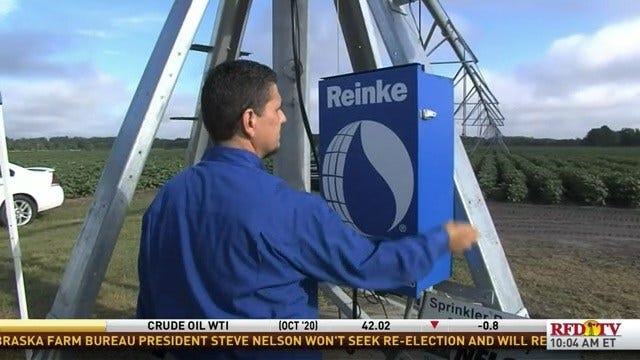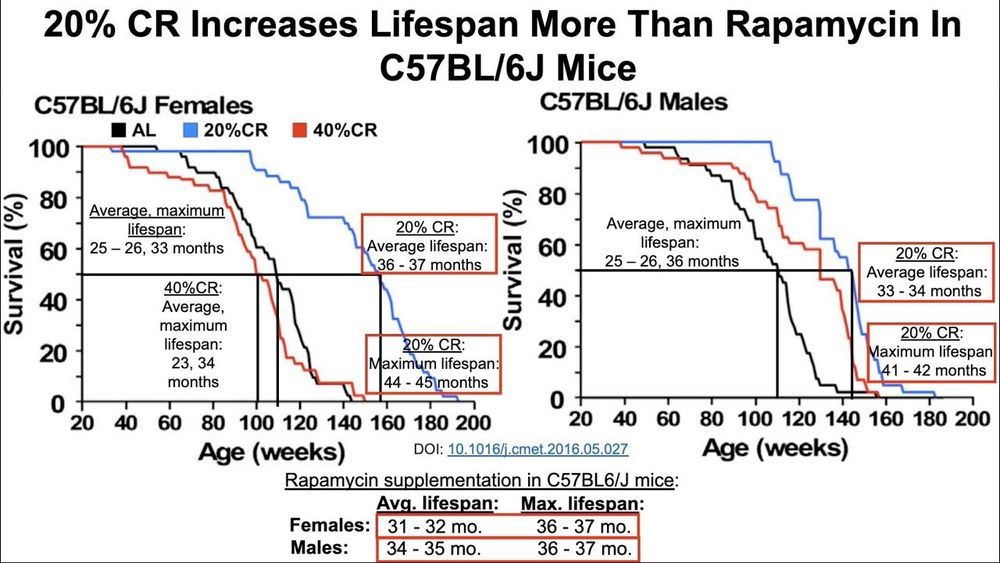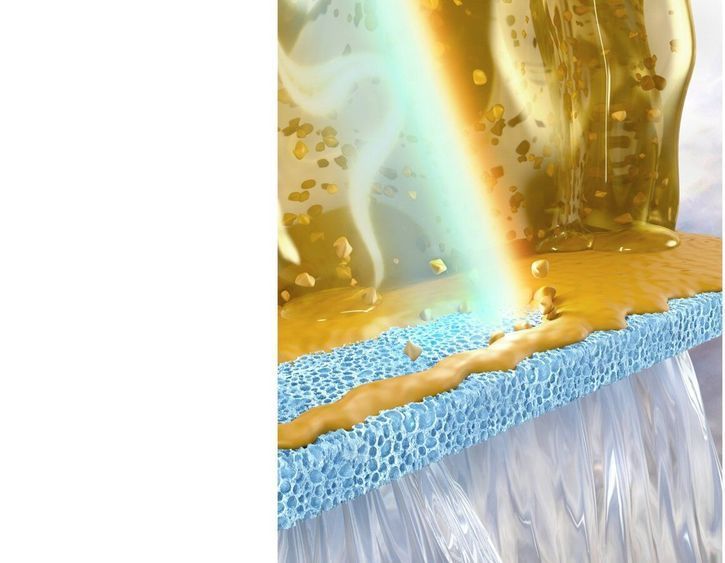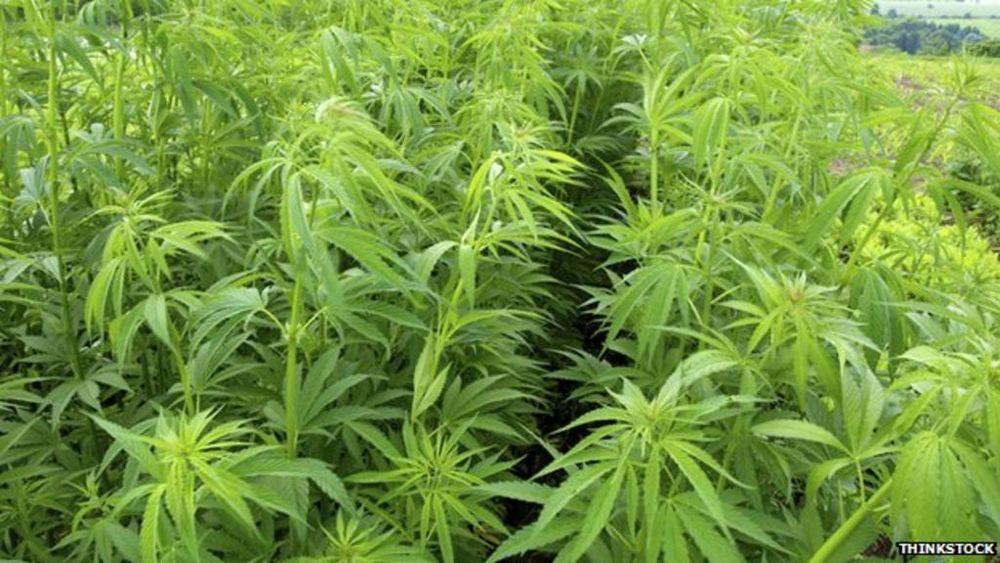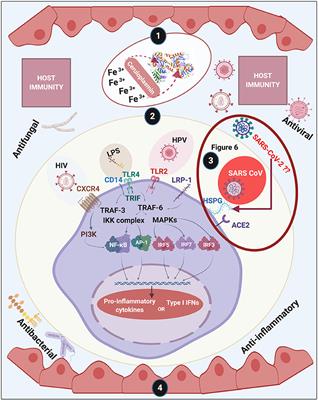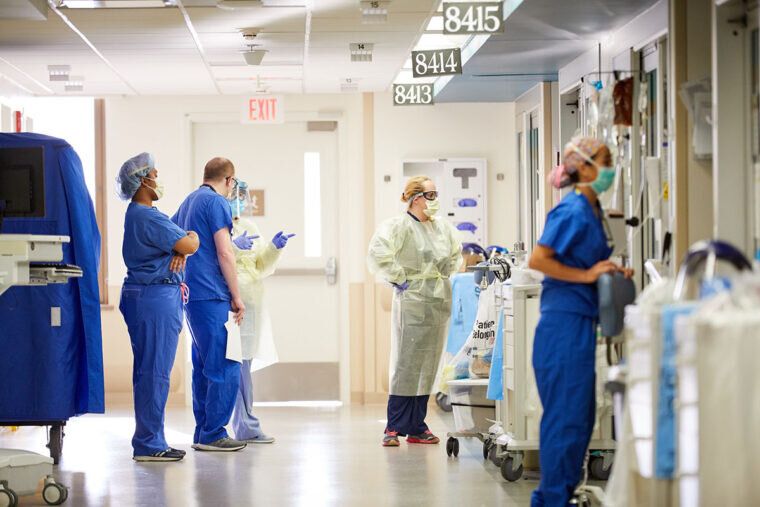Innovation is key for developing the future of agriculture and sometimes it comes from unlikely places.
The NASA Artemis Mission is working to develop space exploration, but here on Earth, they are partnering with the University of California Berkeley to use Land Satellite Seven to benefit agriculture.
According to NASA Administrator Jim Bridenstine, “We can use that data from space and combine it with weather stations from Earth, and we can get very precise evapotranspiration measurements, down to a quarter of an acre. What that means is we can provide farmers with very specific irrigation plans.”
The technology is still in the testing phase but could one day make farming a little easier. “Imagine being a farmer and going out into your field with your iPhone, looking at it and having an app on there that tells you exactly what your irrigation needs to be for this quarter of an acre for this type of soil and this type of crop,” Bridenstine states.
NASA looks to partner with private businesses to bring new technologies to the market. “The challenge is land sat only has a revisit of two weeks,” he notes. “Weather changes a lot in two weeks; so, I think there is a future where a commercial company could create lots of satellites that could provide this data to farmers.”
Another project on the International Space Station, called Eco-Stress, measures heat stress in plants using infrared technology. Both projects hope to answer a key question: “Can we use our earth science capabilities to feed more of the world and save water in the central valley of California, and the answer is— yes we can.”
The NASA Artemis Mission looks to help benefit agriculture by using data from space and combining it with weather stations to improve irrigation practices.
